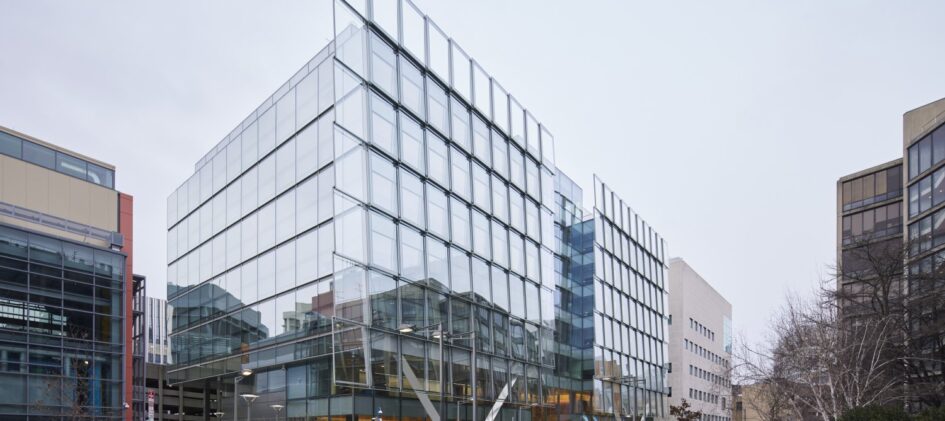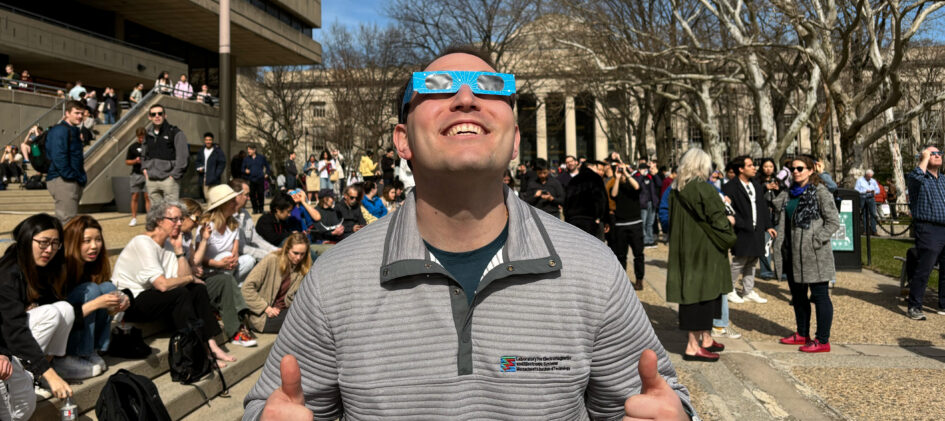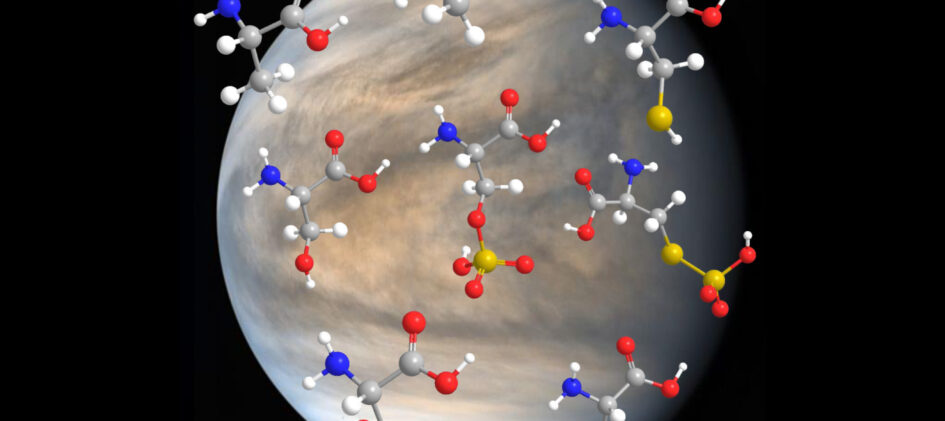On Vassar Street, in the heart of MIT’s campus, the MIT Stephen A. Schwarzman College of Computing recently opened the doors to its new headquarters in Building 45. The building’s central location and welcoming design will help form a new cluster of connectivity at MIT and enable the space to have a multifaceted role. “The […]
Read More
Uncategorized Administration Aeronautical and astronautical engineering artificial intelligence Brain and cognitive sciences Cambridge, Boston and region Campus buildings and architecture Chemical engineering Community Comparative Media Studies/Writing Computer Science and Artificial Intelligence Laboratory (CSAIL) Computer science and technology EAPS Education, teaching, academics Electrical Engineering&Computer Science (eecs) Facilities Laboratory for Information and Decision Systems (LIDS) Machine learning MIT Schwarzman College of Computing MIT Sloan School of Management MIT-IBM Watson AI Lab Music and theater arts Nuclear science and engineering Political science Quest for Intelligence School of Architecture and Planning School of Engineering School of Humanities Arts and Social Sciences School of Science Technology and society Urban studies and planning


